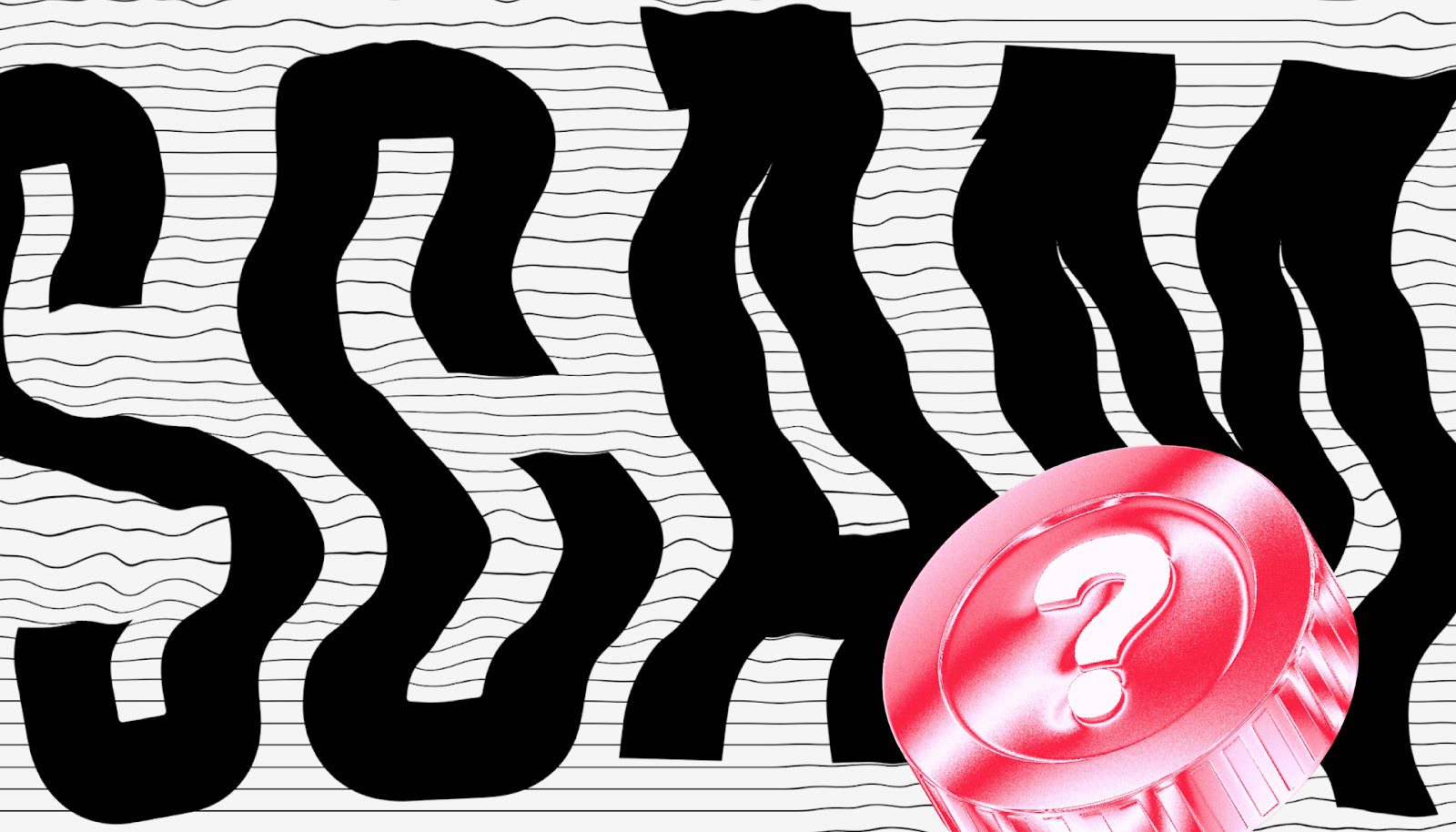In the fast-paced and unpredictable world of cryptocurrency and blockchain technology, understanding the difference between legitimate tech projects and potential scams is crucial. With the majority of new projects entering the market every day, investors and enthusiasts must exercise caution and conduct thorough research before committing their time and resources.
In this article, we will explore the key aspects to consider when evaluating a tech project to determine whether it’s a genuine opportunity or a potential scam.
Introduction
When investing in tech projects, particularly in the cryptocurrency and blockchain space, it is quite difficult to discover creators’ true intentions. The success or failure of a project can have significant implications for investors, developers, and the industry in general. Therefore, we must approach each opportunity with a critical eye and a thorough understanding of the essential steps and factors to consider.
How to Check a Tech Project? Step-by-Step Guide
There are different ways of identifying whether one or another tech project is a scam, but below you may see one of the possible.
We’ll take as an example the recent sensational meme coins’ leader, dogwifhat — literally a dog with a hat and without any practical utility. The scamometer review method, created by Cryptonica, is a great example of how to evaluate a tech project for a scam quickly.
Step 1: Check Reviews and Opinions on X and Reddit
One of the first steps in assessing a tech project is to gather insights from social platforms such as X and Reddit. These platforms often host discussions and reviews from community members and experts, providing valuable insights into the project’s strengths, weaknesses, and legitimacy.
Thus, for dogwifhat you need to paste the related word (dogwifhat or $WIF, as it is the project’s native cryptocurrency), and check the posts, both in X and Reddit, because these two platforms have active communities that discuss crypto and tech projects quite often. The result may be tens or even dozens of opinions that will help you to understand whether the project is suspicious or normal.
During this socials research, you may even find unique and fascinating facts about the project that might be lost on the web, like, an NFT with an original dog in a hat meme, which inspired the dogwifhat project, and was sold for $4.2 million! Just imagine the scale of the hype.
Step 2: Check the Community, Website, and Social Networks
The strength and engagement of a project’s community, the quality of its website, and its presence on social media are all important indicators of its legitimacy. An active community, a professional-looking website, and a strong social media presence can signal that the project is well-supported and has genuine interest from stakeholders. Conversely, a lack of community engagement, a poorly designed website, or sparse social media activity may raise red flags and warrant further investigation.
In our case, dogwifhat lacks all of the parameters above. Just imagine the project with the funny, but not constructive website, two social media accounts…and that’s it. Not a project to trust in, isn’t it? However, it should be concluded at the end of the review, because some projects can shock you.
Step 3: Check Information about Founders and Investors
The backgrounds and credentials of a project’s founders and key team members can provide valuable insights into their expertise and credibility. Conducting research into the professional histories and past involvements of the project’s founders can help assess their ability to execute their vision and navigate the challenges of the industry. Similarly, examining the identities and motivations of the project’s investors can shed light on their level of commitment and the potential for conflicts of interest.
dogwifhat didn’t tell us much about its investors, which is a suspicious thing, but investors…if you don’t see the official list of investors, like, for example, Worldcoin, created by Sam Altman’s company, you may conclude that investors are users who invested money and believed in the project. Even a couple of people’s and companies’ names are enough to get what the project is about highly likely.
Step 4: Check the Project’s Tokenomics (if exists)
Tokenomics, or the economic model underlying a project’s native token, is another critical aspect to consider when evaluating a tech project. Key tokenomics metrics such as token distribution, token utility, inflation rate, and governance structure can provide insights into the sustainability and long-term viability of the project. Analyzing these factors can help investors gauge whether the project’s tokenomics aligns with its goals and whether the token has the potential for value appreciation over time.
Tokenomics may be clear and transparent, like at Axelar Network, but may be missing, like at the dogwifhat project. However, what can mess you up is that the project founders may be…honest with you, and confess that their project has only a speculative purpose, just like at dogwifhat. In this case, your critical thinking and personal attitude to this is important.
Step 5: Check the Current Price of the Project’s Token (if exists)
While the current market price of a project’s token is an important consideration, it should be viewed in conjunction with its fundamentals and market capitalization. A high market price relative to the project’s underlying value and potential may indicate that the token is overvalued and susceptible to a price correction. On the other hand, a low market price may present a buying opportunity if the project’s fundamentals remain strong.
Therefore, it’s important to conduct a comprehensive analysis of the project’s current price.
P.S. A hint to take into consideration: put a mark on each of the steps. In the end, you can calculate the average scam mark and decide whether you want to pay attention to this project or not.
Bottom Line
When considering investing in a tech project, it’s important to do your own research, or, DYOR, and think critically. To determine if one technology project is legitimate or a potential scam, consider reviews and opinions, community engagement, founder credibility, tokenomics, and current price. By completing the steps above, you can make informed decisions and reduce the risks associated with investing in cryptocurrency and blockchain. Of course, nobody can promise you the ultimate no-makes guide on avoiding scams, but you still can reduce the possible negative outcome while reading these guidelines.
































